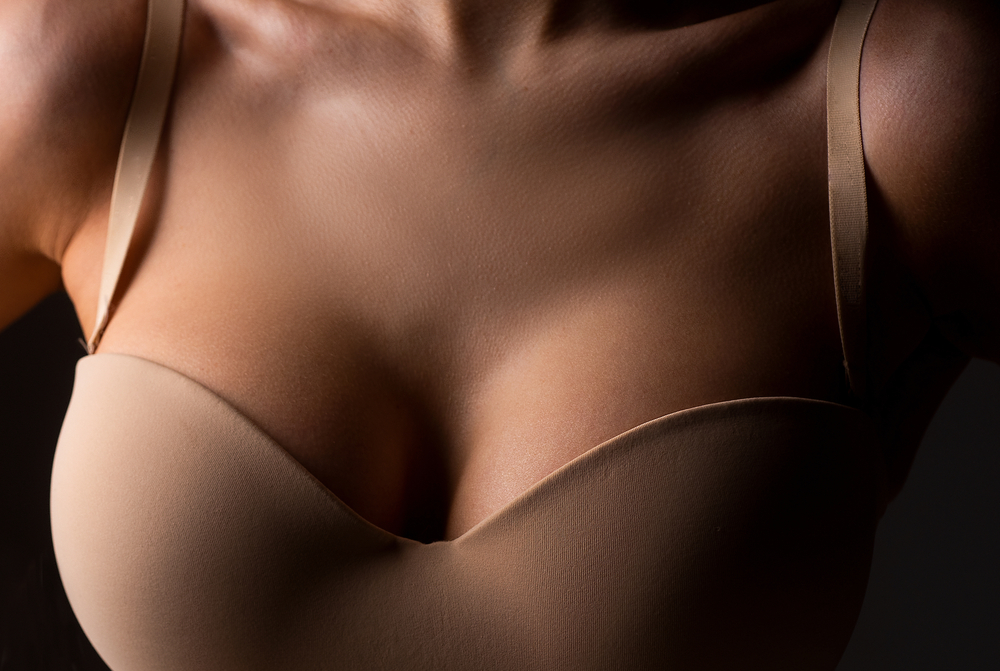Additionally, some research indicates that the pressure that large breasts place on the neck and shoulders might compress neurones that cause headaches and pain that travels from the front of the brain to the back and into the neck.
It’s obvious that carrying an additional pound to a pound-and-a-half of weight across the chest without any bone support causes strain on the shoulders, back, and neck, which can get worse over time.
Naturally, cosmetic breast reduction (mastopexy) is not the same as breast reduction for medical reasons. Breasts that sag as a result of severe weight loss, childbirth, or ageing can benefit from mastopexy, which tightens the skin with a lift without the need for reduction or augmentation. In contrast, a reconstructive breast reduction, also known as a reduction mammoplasty, entails contouring and decreasing breast volume in order to help alleviate the patient’s physical complaints. This process also includes a lift.
Breast hypertrophy, a disorder in which the breasts expand and start to droop, can quickly impair a patient’s quality of life by causing nerve strain and back and neck pain.
To make up for the strain on her back and muscles, the patient might have to change the way she stands and walks, which could have an impact on her posture and self-esteem. If a teen’s breasts are significantly out of proportion to their physique, they are more likely to suffer with body image. Skin irritations, respiratory issues, and even skeletal abnormalities can be brought on by hypertrophy.
Many patients only wish to have a healthier, less troublesome physique when chest size affects their quality of life.
Reduction mammoplasty involves removing breast tissue to achieve a more ideal shape that fits the patient’s body. We work to minimise or make any scars that may result from this type of operation less noticeable because scarring is a possibility.

